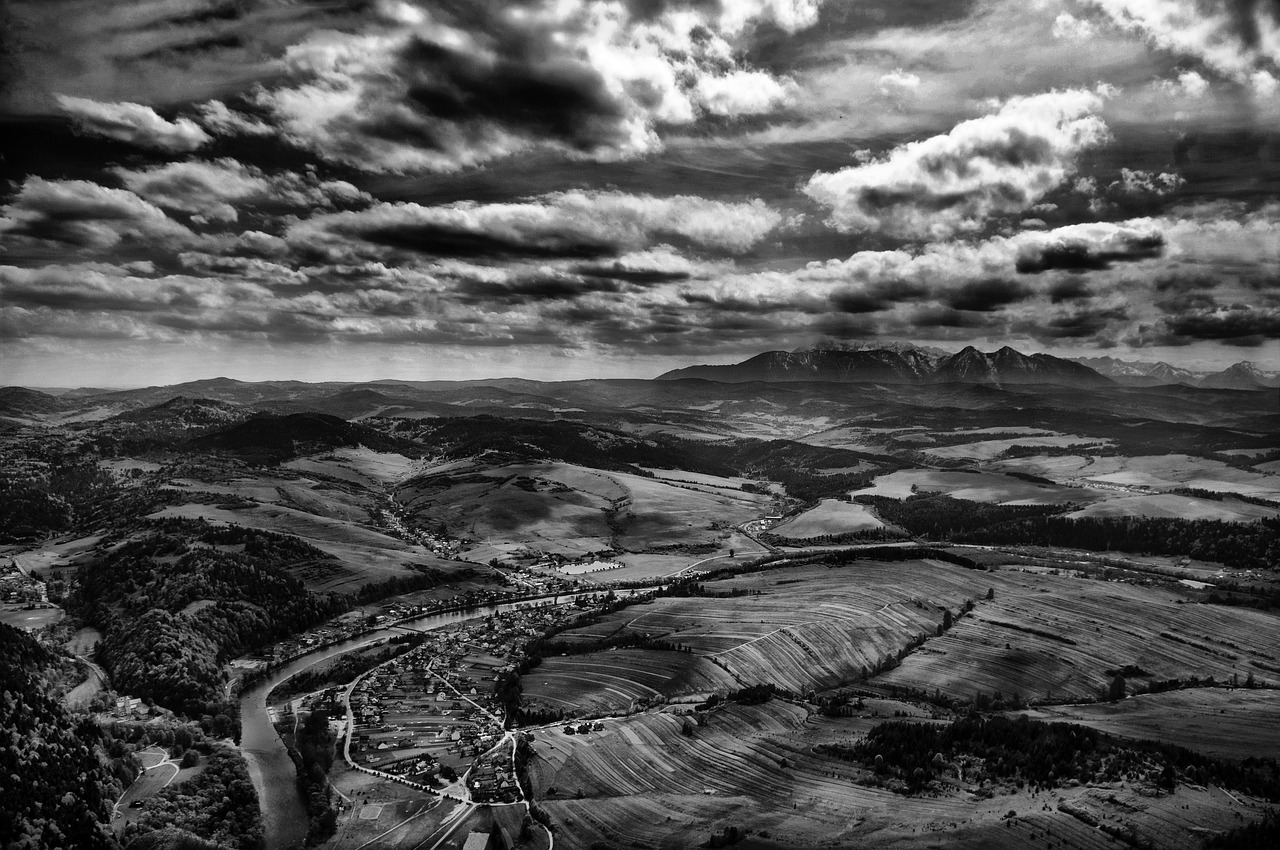Exploring Chinas Magnificent Landmarks Through the Lense of English:A Travelers Guide
As a global traveler, the beauty and diversity of China's famous landmarks never cease to amaze. From the ancient to the contemporary, these breathtaking attractions offer a rich tapestry of history, culture, and natural wonders that transcend borders. In this comprehensive article, we'll delve into some of China's iconic sights and provide their accurate translations, enriching your knowledge for future journeys.
-
The Great Wall of China - "The Great Wall of China" is a symbol of Chinese resilience, stretching over 13,000 miles like a sleeping dragon across the nation's landscape. This magnificent structure, a UNESCO World Heritage site, can be translated as "Jiānghuán Guàndùn" in Mandarin, reflecting its historical importance.
-
The Forbidden City - Located in Beijing, the故宫 or "Zijin Cheng" once housed the emperors of China. Its intricate architecture, vast courtyards, and imperial treasures are a testament to Chinese imperial glory and artistic prowess.
-
Terracotta Army - Unearthed near Xi'an, these life-size clay soldiers, collectively known as the "Qin Shi Huang Mausoleum", are a marvel of ancient engineering. Translating to "Terra Cotta Warriors," they stand guard over the tomb of China's first emperor, Qin Shi Huang.
-
West Lake, Hangzhou - Often compared to a Chinese ink painting, this serene lake is a popular destination for its poetic beauty. "Xi Hu" is how it's named, meaning "Sightseeing West Lake," inviting visitors to appreciate its tranquil waters and cultural significance.
-
Yangtze River - Spanning 4,000 kilometers, this majestic river is the world's longest, carrying history and culture alongside its flowing waters. Known as the "Chang Jiang" or "Yangtze River" in English, it offers a glimpse into China's vast geography.
-
Zhangjiajie National Forest Park - Home to the breathtaking Avatar Hallelujah Mountains, this park in Hunan province inspired the landscapes in the movie. In Chinese, it's "Zhangjiajie Fengjishan Zongyuan Gongyuan," reflecting its otherworldly scenery.
-
Mount Tai - Sacred to Taoism and Confucianism, Mount Tai or "Tai Shan" in Chinese, is a pilgrimage site that offers panoramic views of the East. Each step on its 2,000-year-old stairs carries spiritual significance.
-
Jiuzhaigou Valley - A UNESCO World Heritage Site, this natural wonder in Sichuan Province boasts crystal-clear lakes, waterfalls, and colorful forests. "Jiuzhai Gou" means "Ninefold Village Valley," capturing its multi-faceted beauty.
-
Hong Kong - A bustling metropolis with a unique blend of Eastern and Western cultures, Hong Kong is best known for its iconic Victoria Peak. Mandarin translates "Hong Kong" simply as "香港."
By understanding these English translations, you'll not only enhance your travel vocabulary but also deepen your appreciation for China's remarkable heritage. Remember, visiting these sites not only means seeing stunning visuals but also immersing oneself in the stories they tell. Happy travels and a fascinating exploration await!











